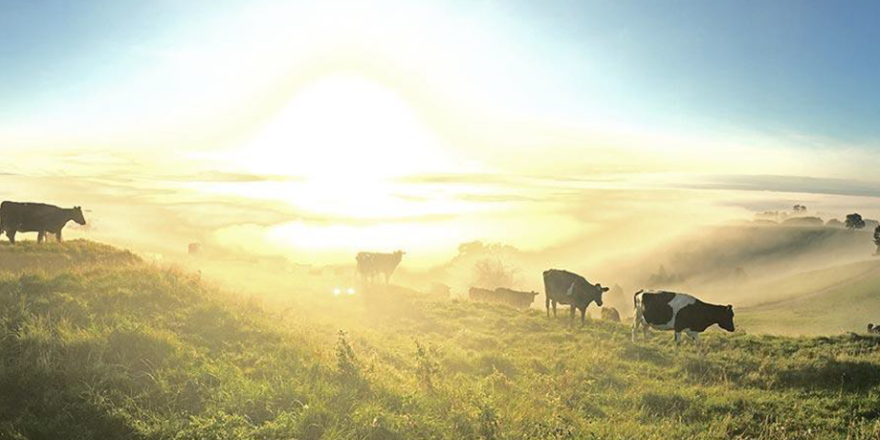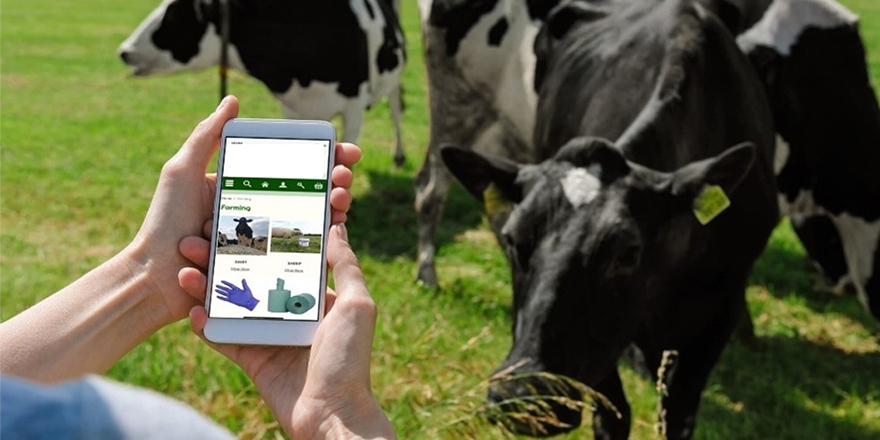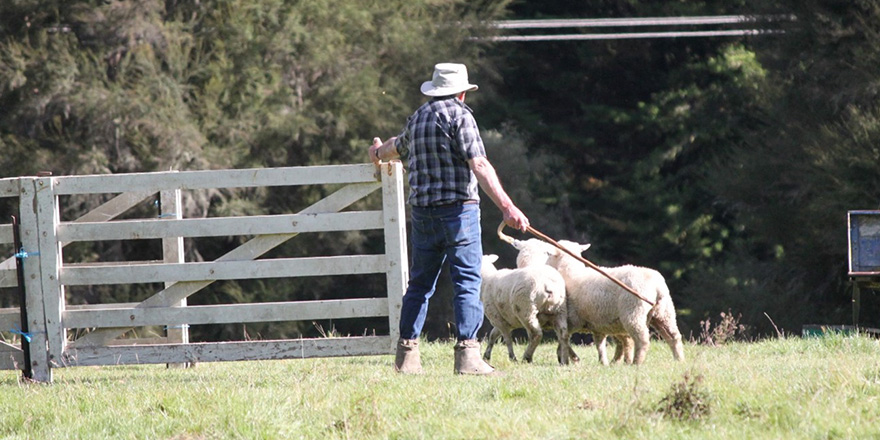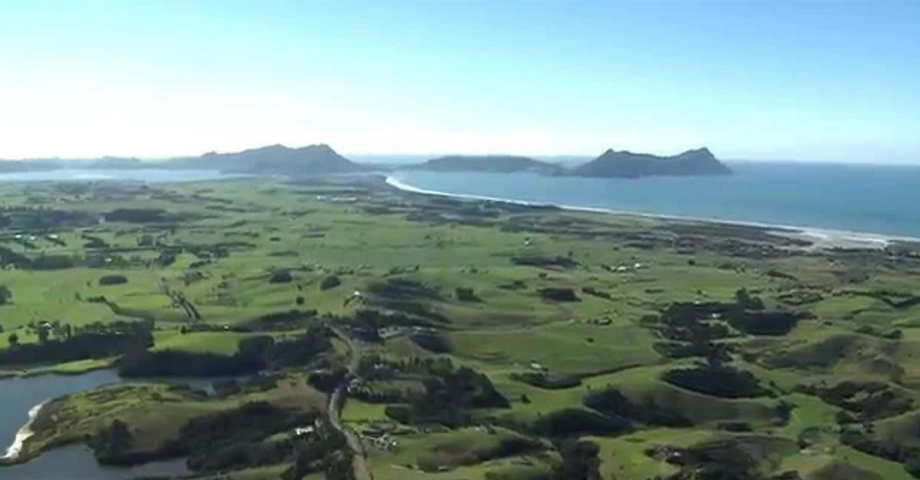
Executive Summary
Dairy Farming in New Zealand comes in many different forms. Every farm business has to decide what level of input is best for them to be profitable and sustainable. Historically, the primary constraint on moving to a high input system has been the financial and management ability of the farm and business operators. While this is still a significant factor, the environmental impacts of dairy farming have come under increased scrutiny.
New policies such as the National Policy Statement for Freshwater Management 2020 (NPs-FM) are designed to improve New Zealand’s freshwater quality and include a series of minimum standards for specific attributes. Regional councils must have updated freshwater plans in place by December 2024 that reflect the desired state of the region’s freshwater, with attributes being at or above the stated National Policies bottom line standards. Farms will be required to have certified Freshwater Farm Plans in place that align with the regional councils freshwater targets (Ministry For The Environment, 2020).
What do these policies mean for Northland dairy farming? And does it alter the viability of adjusting to a higher input farm system?
Analysis of financial data (2010 to 2020) in the Dairy NZ Economic Survey shows, on average, higher input systems were more profitable than medium and lower input systems with a higher operating profit/ha and higher return on dairy assets. It should be noted that while higher input systems are more profitable on average, there is a wide range of results within each system. Case studies in this report modelling high input systems highlighted this variance with a range of profitability outcomes.
Analysis of freshwater river testing in Northland comparing sample results to various standards, including bottom-line standards set out in the NPS-FW, showed that sediment in Northlands rivers is the biggest concern, along with elevated phosphorus levels resulting from sediment loss. In the majority of testing sites, nitrate and ammonia levels met the policy bottom-line standards (Stats NZ, 2020).
The implementation of Freshwater Farm Plans will result in farms putting practices in place to limit their effects on the freshwater in their catchment. If sediment and phosphorus contamination is of concern, the farm business may be required to adjust management practices, including investment in infrastructure such as standoff areas and feedpads to reduce sediment loss.
This report concluded that a Northland dairy farmer could adopt a high input system under certain circumstances. The profitability of a Northland dairy farm business is heavily influenced by the level of investment required to meet environmental standards. Increasing the system’s intensity requires a higher level of investment to meet the increasing demands of environmental regulations, potentially reducing profitability. The case studies in this report reflected this, with farms requiring a higher level of investment being at higher risk of being financially unsustainable.
Should a Northland dairy farm business choose to move to a high input system, it is recommended that they:
- Understand the level of investment required to move to the new system and remain environmentally compliant.
- Be aware of any further environmental impact the change will have, particularly regarding nutrient and sediment loss.
- Understand the freshwater concerns in the catchment the farm influences and what limitations may be placed on their business.
- Understand their current and proposed greenhouse gas emissions and factor in a potential cost to the business once the policy comes into place.
Download and read the full report here




